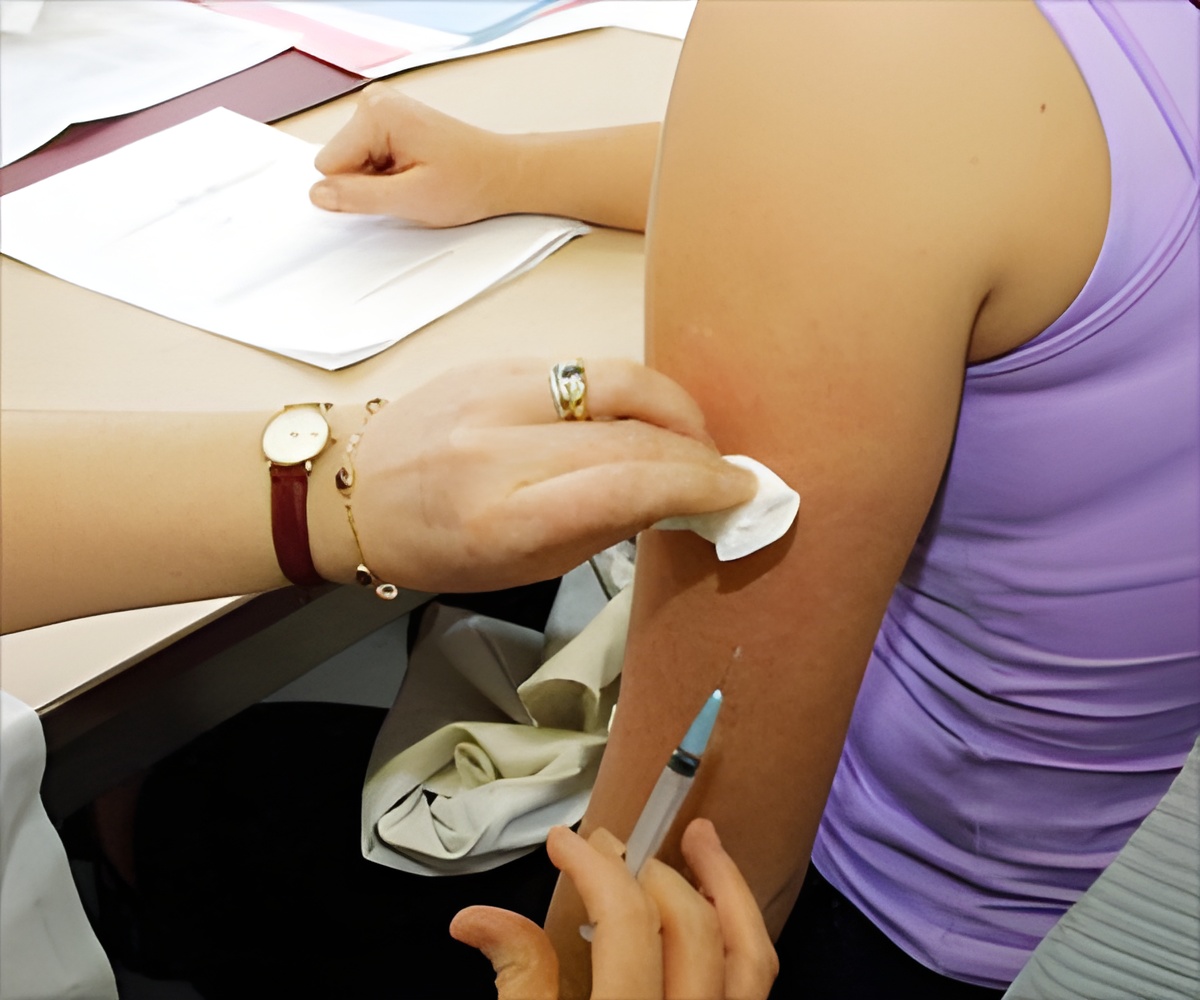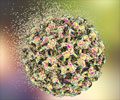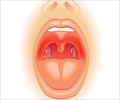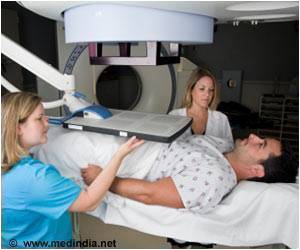Atlantic Health System expert Dr. Tom Thomas refutes myths and shared 10 facts about HPV and throat cancer, as we observe World Head and Neck Cancer Day.

‘Best treatment for HPV associated head and neck cancer is prevention through the HPV vaccine. Early detection can help access an effective treatment, and a cure.’
Read More..




“The fact is, that HPV has increasingly become one of the major causes of head and neck cancers, particularly oropharyngeal cancer,” says Dr. Thomas. “We are seeing an increasing number of HPV-associated oropharyngeal cancers, which affect the back of the tongue and tonsils.”Read More..
To educate both men and women about this topic, Dr. Thomas shares these facts:
1.HPV-associated cancers of the head and neck have tripled in the past several decades, while other types of head and neck cancers have declined. According to the National Cancer Institute, HPV is now responsible for 70% or more of oropharyngeal cancers.
2.Cancer of the oropharynx used to affect older men – longtime heavy smokers or drinkers. Many of today’s patients with HPV-associated throat cancer are men in their 40s and 50s.
3.The incidence of head and neck cancers associated with HPV is expected to outnumber that of cervical cancer this year.
Advertisement
5.“HPV” includes a family of over 200 viruses. It is transmitted through direct contact. Most of us are exposed to these viruses once we become sexually active. Usually, we clear the virus through our immune system without even realizing its presence. In a minority of individuals, the virus evades our detection system and stays inside our cells for years. It may then cause warts, benign tumors or on rare occasions, cancer.
Advertisement
7.Despite widespread recognition of the effectiveness of the HPV vaccine within the medical community, we still need to overcome the embarrassment and stigma associated with head and neck cancers caused by HPV – the most common sexually transmitted disease.
8.We are many years into this growing silent epidemic, and the stigma shows no signs of abating. If you get HPV-associated cancer, or suspect you may have it, you are not alone. Do not be afraid to speak with your physician and your significant other.
9.More importantly, get your children vaccinated.
Treatments for these cancers have significantly improved in recent years, and may include minimally invasive robotic or laser surgery done through the mouth, targeted radiation therapy that spares healthy tissue, and chemotherapy or immunotherapy.
10.The best treatment for HPV associated head and neck cancer is prevention through the HPV vaccine. Early detection may also result in effective treatment, and possibly a cure. If a physician discovers a lump or ulceration in your throat, he or she should refer you to a specialist: an otolaryngologist (ENT) or head and neck surgeon. Dentists can also detect suspicious-looking lumps or ulcers in the mouth.
“If you do not have symptoms, but you or someone you have been intimate with has a history of sexually transmitted diseases, ask your physician to examine your throat and neck area carefully,” adds Dr. Thomas.
Source-Newswise












